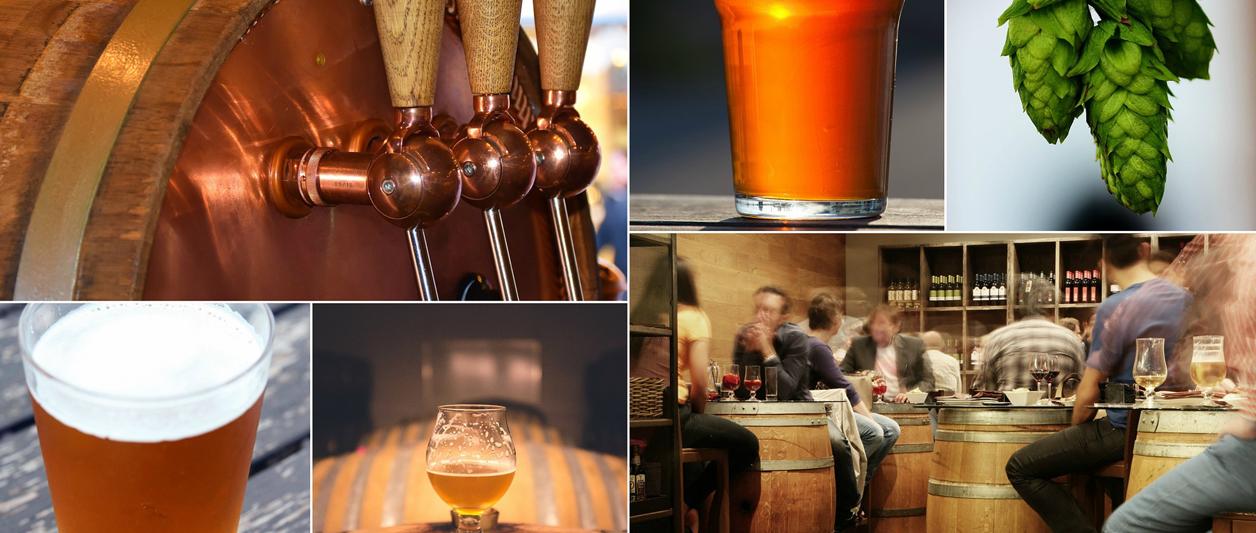
If you tasked consumers with pinpointing one element that sets some food and beverage companies apart from others, they'd likely point to their brand stories.
Over the past few years, it's become increasingly important for brands to understand their customers, including what most appeals to them and how to most effectively engage with them about your offerings that meet their needs and wants. If you want your food and beverage company to grow, then your brand story must clearly articulate your mission and be relevant to your end customer enough that they want to share it with their network of family and friends.
There are three primary ways that you can clarify what your food and beverage brand's story is, including:
Start Documenting Your Business Ideas and Plan
Crating a brand story often comes after a company’s prospective owner has gone through an extensive ideation process, which often begins with the identification of a problem and a strategy for tackling it. For example, you may find that there are too few plant-based fast food options available on the market or that consumers would appreciate having more easily accessible, on-the-go bubble tea options available to them. Food and drink entrepreneurs come up with solutions to address these voids.
It's not only important to come up with a unique proposition that you are convinced that consumers would buy into but also to begin crafting your food or beverage brand story and milestones you want to achieve over the next few years while in business. You may want to consider the following points in this process:
Who your ideal customer is
Your target customer may initially appear to be one party, yet market research and competitor analyses may show that they’re completely different. Determining who your ideal customer is will aid you in crafting a brand story, and other marketing messaging that resonates with your audience, thus generating interest in your product or service.
It's important to note that fine-tuning your pitch to better appeal to your target audience early on is okay, so long as you're not constantly shifting approaches.
Creating a value proposition
This process may involve explaining the health benefits associated with or unique, appealing flavor associated with consuming your product. Or alternatively, if it's a service, then you may highlight how a customer can reap significant time or monetary savings by utilizing your offering as compared to pursuing another approach.
Future plans for diversification of your product line
Business forecasting involves you planning for future expansion and growth. While food and beverage companies tend to limit their offerings when they first launch, it's imperative to have a few ideas in your back pocket for expansion once consumer demand warrants it. For example, some questions you may want to ponder include:
- Your drink company may focus on one to two of its best flavors initially. Do you have others in the pipeline?
- Do you have a certain milestone that you'd want to reach before releasing a new product?
- Do you have plans for scaling up your production using a co-packer to increase your profit margins?
Fine-Tuning Your Brand Story
Once you've taken the time to brainstorm a business plan, identify your target customer, and forecast your company’s future, you'll want to take time to pull the following pieces together and craft your brand story. You’ll want to address the following points when doing so:
- Intended customer: Who are they?
- Identifying the problem: What challenge is your customer-facing?
- Value proposition: How does your product address your target customer's needs?
- What does collaboration look like: What can customers expect when working with you?
- Working together: What does a prospective customer need to do to have you work on their behalf?
- Expected collaborative benefits: What are indicators of success that customers can anticipate in collaborating with you?
- Downsides to not working together: How might not working together may adversely impact a customer's business?
The time you take to critically think of these matters and craft answers to them will aid you in honing in on who your target customer is and crafting a pitch that is apt to convert leads into potential sales.
Also, it's imperative to infuse your brand story with details about what inspired you to start your business and anecdotes regarding challenges and successes you've had along the way. This information makes you come off as more relatable in customers’ eyes.
Seeking help when you need it
Coming up with a business concept that encompasses your interests and fills a void in the food and beverage industry market is only one of many steps in launching a successful brand.
Working with a business consultant, mentor, or coach can certainly aid you in hashing out preliminary ideas for your company. However, it's unlikely that those individuals will have the required acumen to build a website that amplifies your brand story and converts leads into sales.
Our extraordinarily skilled development team here at Dotlogics has experience working with food and beverage companies like yours to pursue more sales conversions. Let's chat about how we can best help expand your company's sales goals.
Let's Get to Work.
Have an unsolvable problem or audacious idea?
